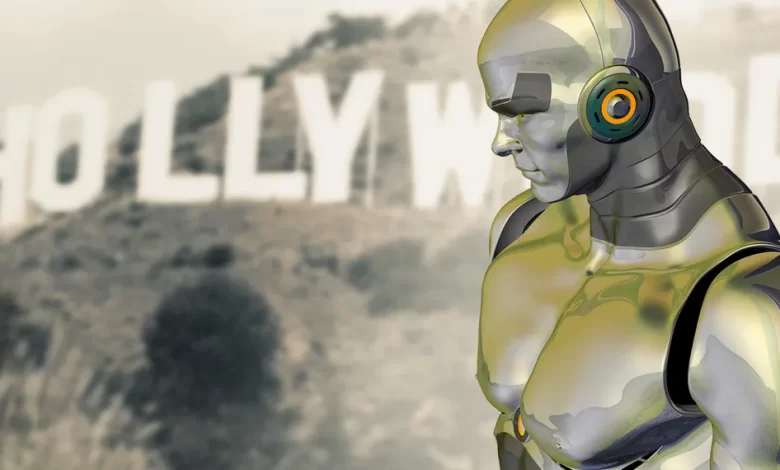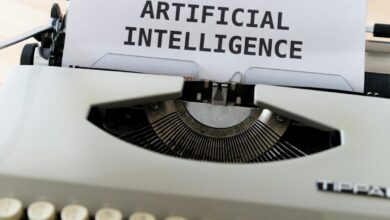Studios Demand More Artificial Intelligence But Actors Want More Limits

In Hollywood, a conflict is brewing over the use of artificial intelligence (AI) tech, particularly regarding actors’ digital likenesses. Actors, represented by SAG-AFTRA, are advocating for limits on AI use, proposing a “digital replication right” to control their image, voice, and likeness, even after death. This proposal, highlighted in the No Fakes Act, faced opposition from studios, represented by the Motion Picture Association (MPA), who argue that it infringes on First Amendment rights and stifles creativity.
During a Congressional hearing, representatives from SAG-AFTRA and the MPA presented contrasting views on the draft bill. The MPA expressed concerns about its broad scope and potential to restrict legitimate uses of technology in storytelling, citing the First Amendment’s protection of speech. SAG-AFTRA, however, supported the bill, emphasizing the economic and personal rights of actors to control their digital identities.
Establishing “guardrails” around AI technology if fraught with issues though. The Motion Picture Association’s senior VP Ben Sheffner cautioned that “legislating in this area involves doing something that the First Amendment sharply limits: Regulating the content of speech. It will take very careful drafting to accomplish the bill’s goals without inadvertently chilling or even prohibiting legitimate, Constitutionally protected uses of technology to enhance storytelling,” he said, leading some to suggest the studios want to be able to exploit AI as much as they can.
The debate extends to AI’s role in film production, with past strikes highlighting concerns about its impact on industry workers. While SAG-AFTRA claimed victories in protecting actors against AI encroachment, questions remain about the effectiveness of these measures. Meanwhile, the Writers Guild of America secured concessions regarding AI disclosure and crediting, but still faces challenges as writers increasingly utilize AI tools in their work.
Despite efforts to address concerns and establish regulations, ambiguities persist, with studios seeking legal loopholes to exploit AI technology. The clash between actors’ rights and industry innovation underscores the complex landscape of AI in Hollywood, with both sides remaining entrenched in their positions. As the debate continues, finding a balance between technological advancement and protecting creative rights remains a pressing challenge for the entertainment industry.
*****



